Replay 1998: POKÉMON RED and BLUE
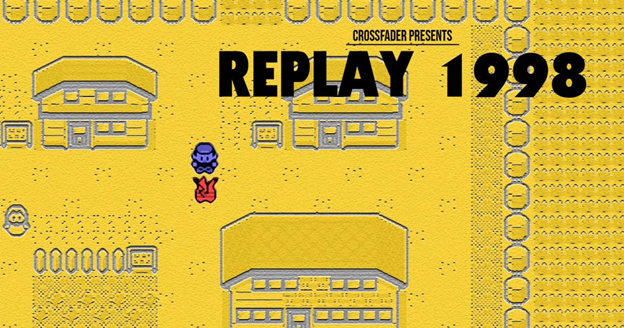
I was never up-to-date with my consoles as a kid; I remember asking my childhood best friend three different times what a PlayStation was, and was slightly familiar with the Game Boy and Game Gear that I’d find in his room from time to time. So when I got my first Game Boy Color and POKÉMON: BLUE VERSION at about eight, it literally changed the game for me. (In 1998 POKÉMON: YELLOW VERSION was also released, and watching that same friend get it and pal around with Pikachu was absolutely galling.) At that age it was very easy to rock my world, and after watching the POKÉMON anime on Kids WB for a couple years, the fact that it was happening in my hands was amazing. I think I even named my character “Ash,” I was that stoked on it. These kind of consoles can be hard to get hold of these days as they have become somewhat of a collectors item. You can still play the game though and Download on Gamulator.com for hours of nostalgic gaming.
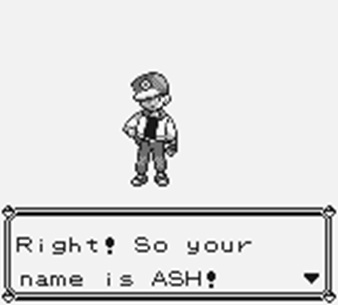
Pfft, look at this asshole filled with the pure joy of a child!
Reviewers at the time would laud POKÉMON: RED and BLUE for their tight RPG elements that would blend Final Fantasy with the collective allure of Magic: The Gathering (which, unlike these two Pokémon games, is still very much alive and played today – and you can check out this https://magic.wizards.com/en/magic-gameplay guide to get started with the game) and that its replayability derives from the almost endless amount of ways to proceed through the game, ways that would give rise to things like the Nuzlocke Challenge and Twitch Plays Pokémon. They’d also mention the fact that because none of the cartridges contains an entire PokéDex worth of Pokémon, the only way to get all 150 and indeed “Catch ‘Em All” was to play and trade with your friends. If we’re being real this was pretty much the only use of the Game Link Cable that really mattered. Lest we also forget the handheld gaming systems of yore were the first example of mobile gaming, so that players could gather en masse to trade and battle their opponents wherever they may be. In retrospect, this gathering together of players was a pleasant foreshadowing to what Nintendo would try to accomplish much later with the advent of POKÉMON GO.
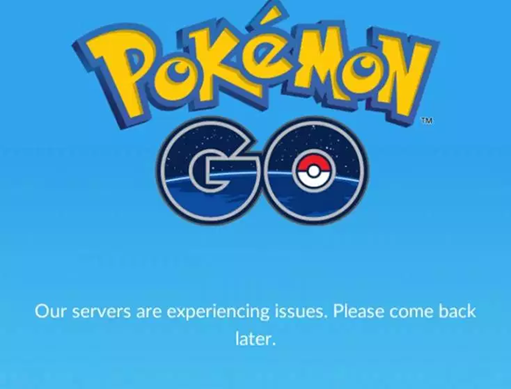
Emphasis on “try”
While all of these things were true and make the game stand out as one of the best of all time, at eight years old, absolutely none of this mattered to me. I had no idea what I was doing, no idea what to catch, what moves to teach my team, and didn’t grasp the strengths and weaknesses of the different types for probably a few months of playing. To give you an idea of where I was at mentally as an eight-year-old, I distinctly remember someone getting a critical hit on me and saying out loud “AW MAN, SRITERAL HIT” because the word “critical” was not something that popped up in my usual rotation of Accelerated Reader books.
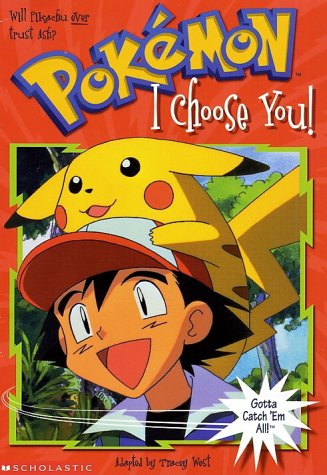
“It’s still a BOOK, Mrs. Devahl, you’re saying I can’t read it in class?!”
Honestly, thank Sugimori for that guy in Viridian City, not only for helping me get infinite Rare Candies (I would eventually wise up to the ways of the world real good), but for actually teaching me how to catch Pokémon. Otherwise, it would’ve just been me and my Squirtle getting our asses kicked up and down Kanto. In preparation for this article I consulted a couple of reviews that were written around the time POKÉMON was released, and one of the things that was criticized were the primitive graphics, which is really saying something in 1998. And while this was true (I remember not realizing the in-battle protagonist sprite wasn’t sitting on the ground with a backpack, but rather standing in a fighting stance until way after I started playing the games), it never really mattered to me. Sure, it was weird that the screeching sounds Pokémon made in-game didn’t match up to the anime, and that all the sprites were generally weird-looking, but man, we were catchin’ ‘Mons and takin’ nommes.
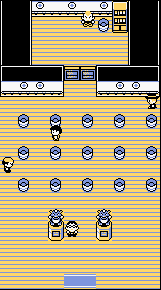
But seriously, what is happening here
As my friends and I got older, we’d start uncovering the subtleties of the RPG system at the heart of each Pokémon game. Even before abilities and personalities were thrown into the mix, the simple revelation of “Oh, man, maybe using Sand Attack to reduce this guy’s accuracy will stop them from Seismic Tossing my ass on their next turn!” proved to be cathartic. As we learned more about buffs and debuffs, POKÉMON went from just being fanservice to an actively engaging roleplaying game.
Playing POKÉMON as a child would prove to be our gateway into more complicated RPGs and games, including, as it would turn out, the entire rest of the Pokémon franchise. As the original players aged and developed interests in more complicated mechanics, this game that was intended for kids and preteens would eventually grow so complicated that a re-release of the original, without all of the abilities and Mega Evolutions that would dominate the later games, came as a shock and even an outrage for some fans.
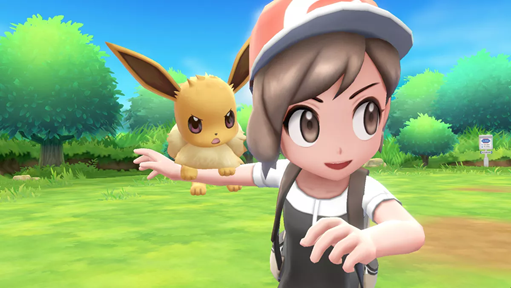
Listen, if I can’t cram Poffins down this thing’s throat then don’t even talk to me
It’s almost staggering how complex the modern editions are compared to the ones released in ‘98; while every game features roughly the same base goals (beat the gym leaders, beat the PokémonLeague, Catch ‘Em All), the original RED and BLUE versions didn’t have much in the way of what we recognize now as side-quests. Team Rocket had to be stopped, the ghost in Lavender Town had to be put to rest, and there were a handful of other optional things to accomplish that would net the player a Pokémon or some other interesting item, but it pales in comparison to the vast array of ways to spend time in newer games.
For me, tracking the development of the games also helps track the development of my own gaming interests and sensibilities. Basically, the more complicated POKÉMON got, the more I was able to grasp systems that would be put in place by more and more games. For example, I never played MAJORA’S MASK as a kid, so when I got POKÉMON: GOLD, the day and night cycles would introduce me to the concept of time passing in a video game, and that it was beneficial to play at certain times in order to catch certain Pokémon or gain access to different events.
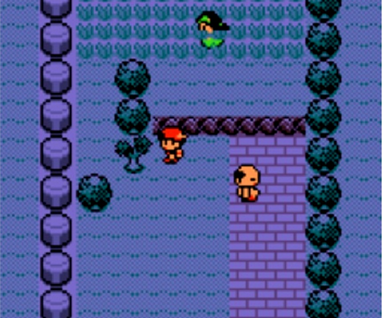
“But MOOOM I can’t go to bed ’cause the Murkrows are out!”
The Pokémon franchise and POKÉMON: RED and BLUE started such a sensation that to truly go over it any more than a bewildered local news anchor would require more space than our editor cares to give me, but it left me with a sincere appreciation of what feels like basic video game structure and hook, which is that even if you start off feeling small and weak, if you continue to grind you’ll eventually be able to take down legendary foes. This would also plant the seeds of saving often and reverting to the last save in case you accidentally took down a legendary foe. But in addition to jump-starting gaming, POKÉMON: RED and BLUE would also end up jump-starting a generation of gamers eager to catch ‘em all, measure stats, and shake their heads in resigned frustration when they heard just how many of these things they had to catch now.

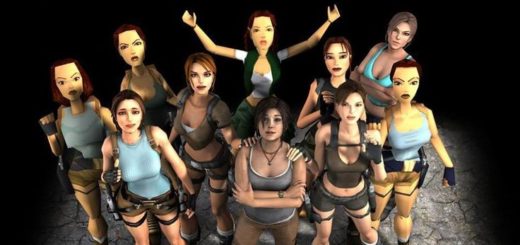
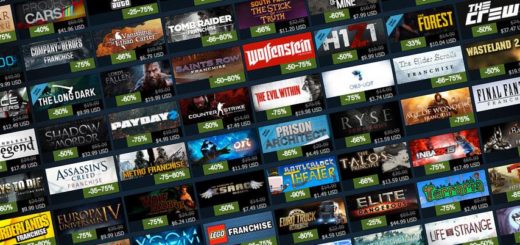
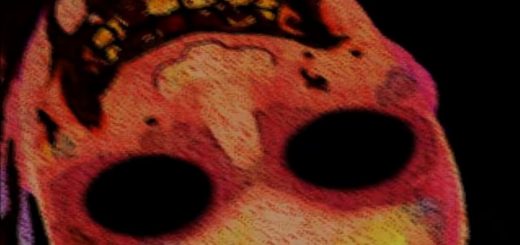
1 Response
[…] and my only other gaming experience was mashing the A button through menus I couldn’t read in POKEMON RED VERSION. But I wasn’t the only one enamored: the game left an impression on the whole of the gaming […]